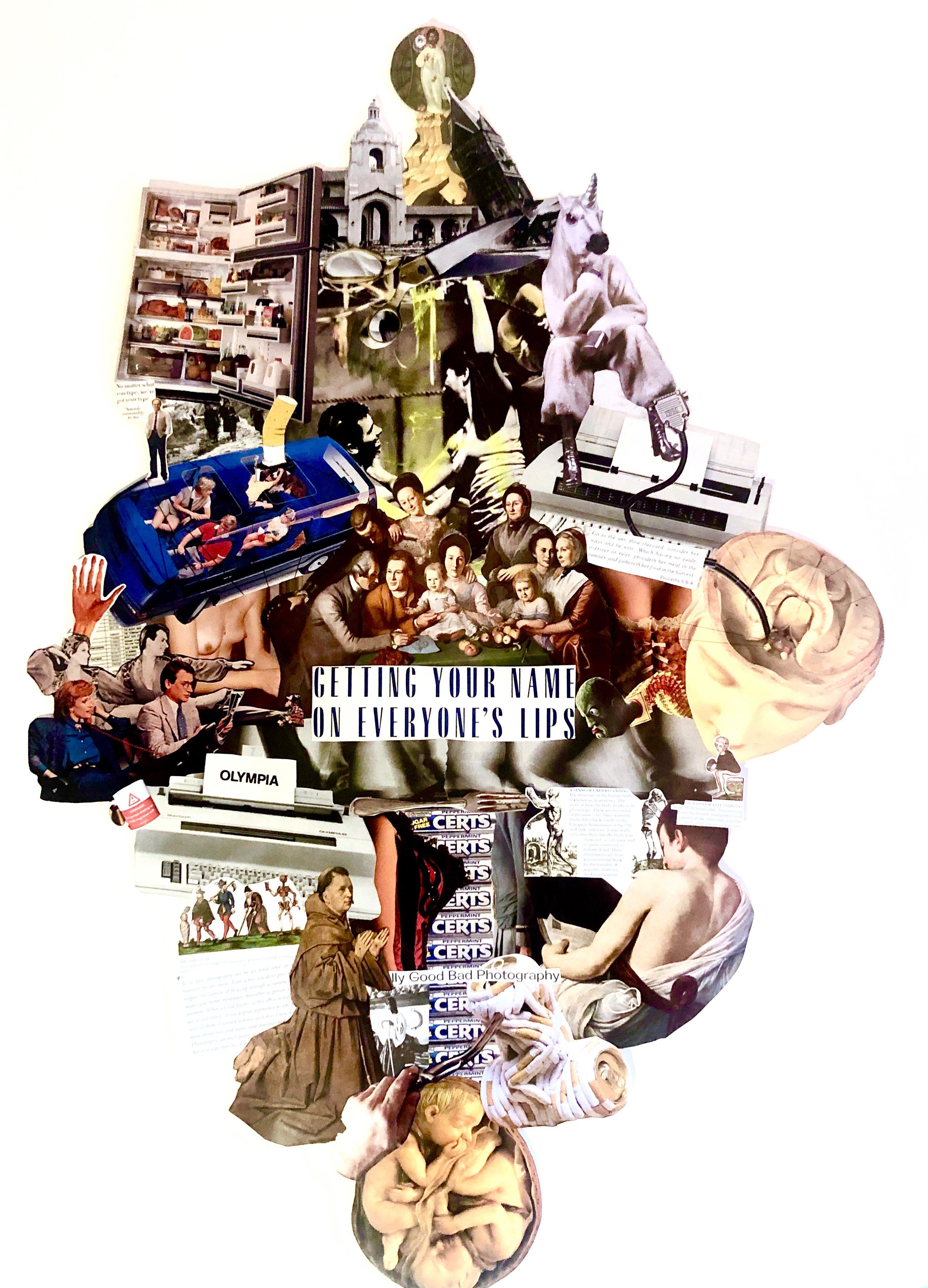occur? We are thus dragged into the dangers of carte blanche: that pernicious strain of solipsism that arises out of a complete abandonment of the possibility of fixed truth. Ultimately, Erin demonstrates to us the way that relativism as a plurality of perspectives is itself productive of reality — that communication creates pathways out of that which appears undefined, that meaning arises only out of deliberate and shared work. Carte blanche also contains a sense of loss. Something has been wiped away in order to create it: every new world arrives only after the dismantling of the previous. Thomas Mar Wee in “On the Ethics of Memory” will argue that no future-oriented work is unburdened from the past. Rather, we are ethically charged with bringing this past — its tragedy, its violence--with us into the new worlds we make. In this way, Thomas forces a confrontation of the rhetoric of carte blanche with historicity and mnemonics, offering reflection on the ways that we can and should resist the narrative of the blank page. We then shift gears to another aspect of carte blanche: the way it responds to possibility and to virtuality, the way it allows us to navigate the varied and tenuous modes of the real. We ask ourselves: what is possible space, possible action? What is the virtual? How do we oppose these categories to that which is physical, or tangible? And what work can we do in the gaps in-between? Ezequiel González offers a response in “Bodies on the Line,” where he uses both an exploration of instagram and refined psychoanalytic work to describe the “cyber-melancholic turn” enacted upon the digital body, which is generative of a “cyber playof-self”. Rishi Chhapolia’s interview with philosopher of mind and cognitive scientist David Chalmers continues this line of investigation, offering remarkable insight into problems of consciousness, ethics and AI, and the future of virtual reality. Finally, Mat-
A LETTER
thew Harper’s “Freedom of the Present Moment” guides us through possible worlds theory and deposits us firmly at the present as an escape from the trappings of temporal anxiety. What actually activates the dormant potential of the carte blanche is, of course, this ‘writing in.’ We must, then, look to language: to the way that inscription upon the blank surface transforms it, actualizes it, puts it to work; but also to the way that lan guage elides this fixity, oozes out of its own set regions of meaning.
04








